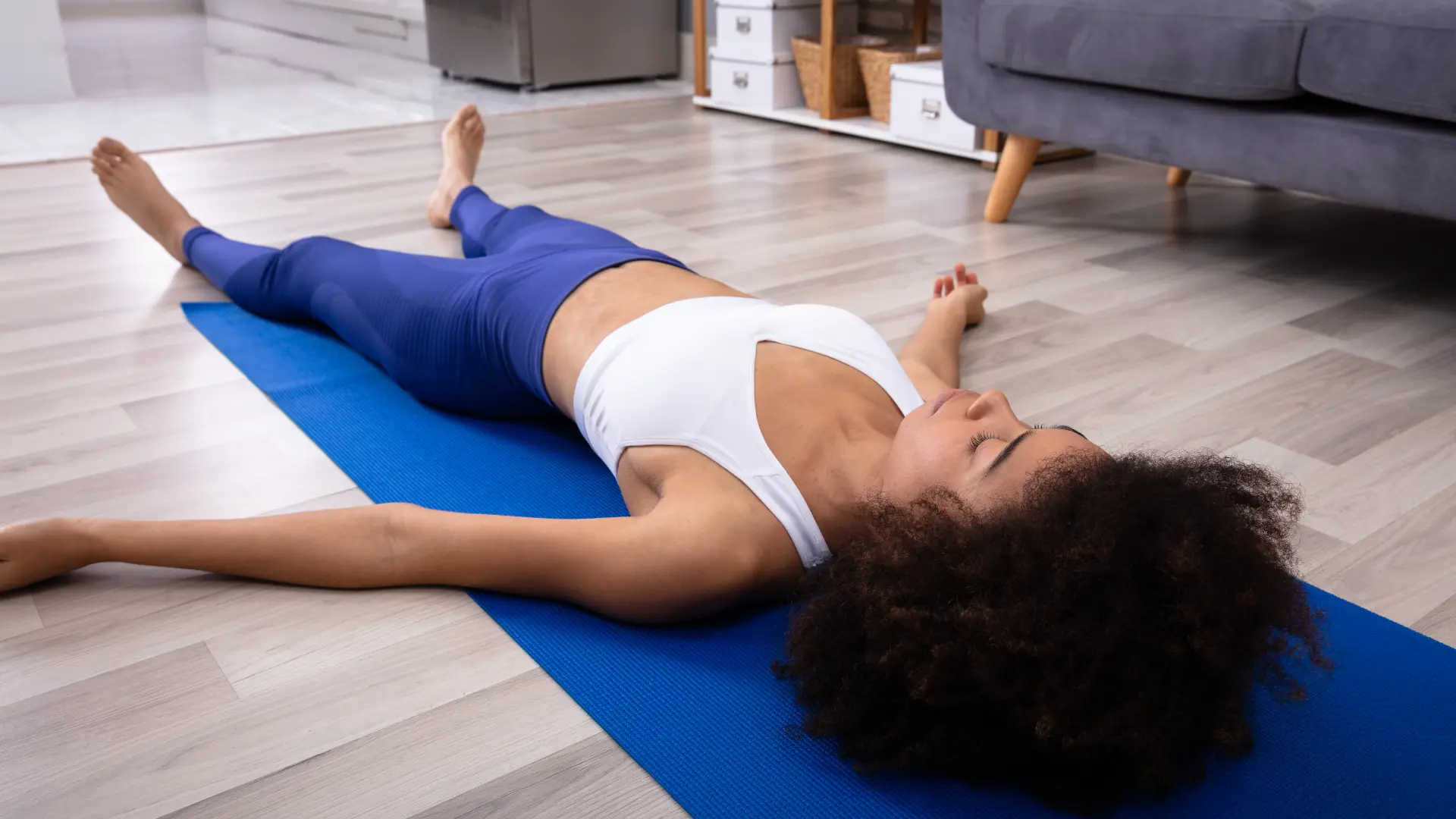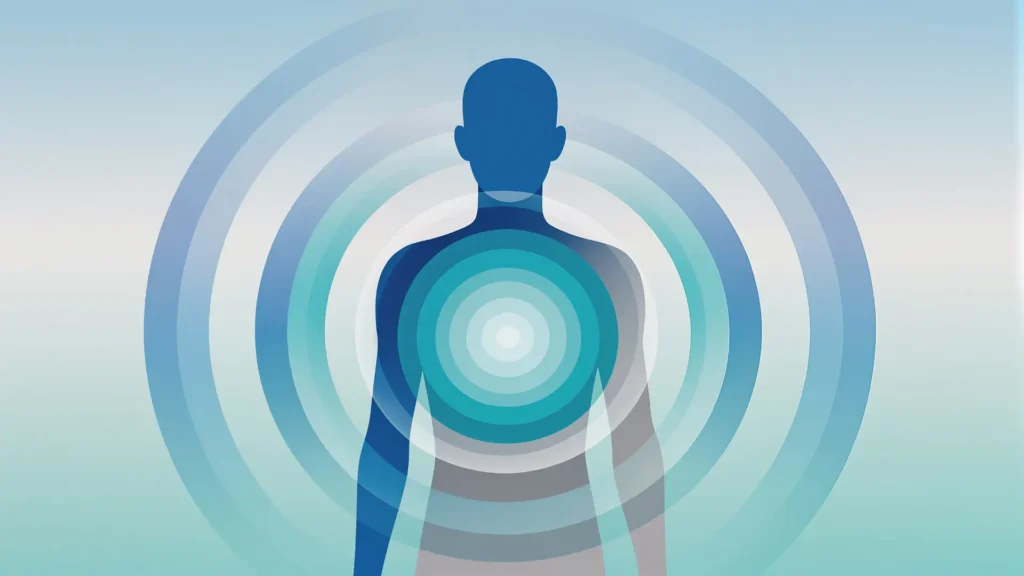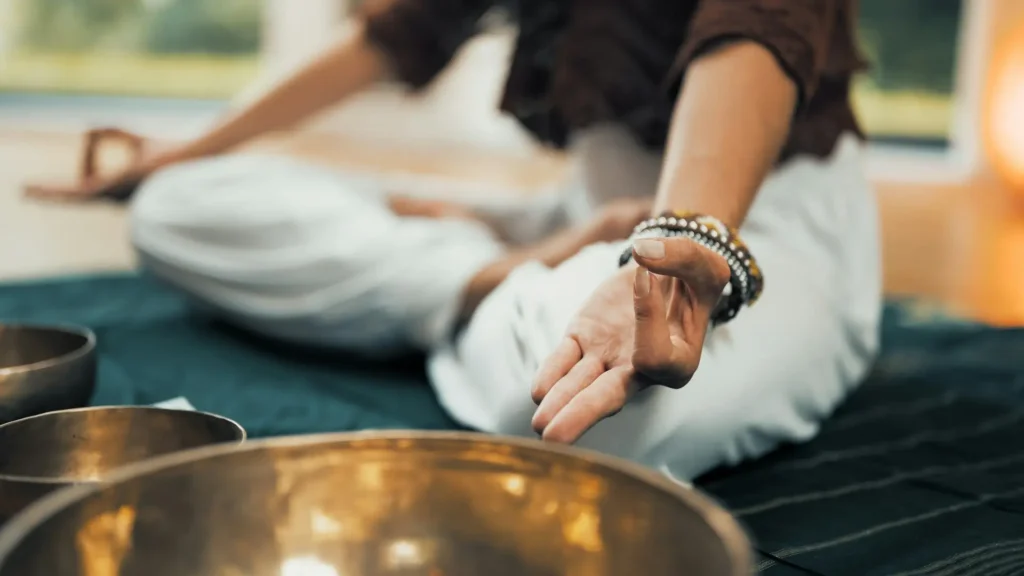Progressive Muscle Relaxation (PMR) is an active, body-based relaxation technique designed to reduce stress and anxiety by systematically tensing and then releasing different muscle groups. It operates on a simple but powerful principle: mental calmness is a natural consequence of physical relaxation. By learning to consciously release physical tension, you can directly influence your psychological state and down-regulate your body’s stress response.
Definition and Principle
Progressive Muscle Relaxation is a somatic practice where you intentionally contract a specific muscle group, hold that tension for a few seconds, and then release it completely, paying close attention to the resulting feeling of deep relaxation. The core principle is one of contrast. By deliberately creating and then letting go of tension, you train your mind to recognize the subtle difference between a state of muscular contraction and a state of release. This heightened awareness, or proprioception, allows you to identify and release unconscious muscle tension throughout your day, effectively stopping the physical stress cycle before it escalates.
Origins and Development
The technique was developed in the 1920s by American physician and psychiatrist Dr. Edmund Jacobson. Through his research, Jacobson established a clear link between excessive muscle tension and various nervous and emotional disorders. He theorized that since muscle tension accompanies anxiety, one could reduce anxiety by learning to do the opposite—relax the muscles. He spent decades refining this systematic, progressive approach, providing a structured and teachable method for achieving deep relaxation that is still widely used in clinical therapy today.
Therapeutic Applications and Benefits
PMR is a clinically recognized intervention for a wide range of stress-related conditions. Its primary benefit is a significant reduction in the physiological symptoms of anxiety by calming the “fight-or-flight” response. Because it directly addresses physical tension, it is highly effective for tension headaches and managing chronic pain. It is also a widely recommended tool for combating insomnia, as the state of deep physical relaxation makes it easier to fall asleep. Other reported benefits include lowered blood pressure and a greater sense of overall well-being.
PMR: A Step-by-Step Guide
The practice of PMR follows a sequence, moving progressively through the body’s major muscle groups. There are countless variations, but the main principles remain the same. You may opt to choose the following method:
- Preparation: Find a quiet place where you can lie down comfortably without being disturbed. Close your eyes and take a few slow, deep breaths.
- Feet and Lower Legs: Start with your feet. Curl your toes tightly and tense the muscles in your feet and calves. Hold this tension for 5-10 seconds. Then, release the tension completely and notice the feeling of warmth and relaxation for 20-30 seconds.
- Upper Legs: Move to your thighs. Tense the large muscles in your upper legs, holding the contraction firmly. After 5-10 seconds, release fully and pay attention to the sensation of release.
- Hands and Arms: Clench your fists and tense your forearms and biceps. Hold, and then release. Feel the tension draining away.
- Torso: Tense the muscles in your abdomen by pulling your stomach in tight. Hold, then release. Next, tense your chest and back muscles by arching slightly. Hold, then sink back into relaxation.
- Shoulders and Neck: Shrug your shoulders up towards your ears, holding the tension in your neck and upper back. Hold, then let them drop completely.
- Face: Finish with your facial muscles. Tightly clench your jaw, squint your eyes, and furrow your brow. Hold, and then release everything, allowing your entire face to become soft and limp.
- Integration: Spend a few minutes enjoying the state of deep physical relaxation you have created.
Comparison to Other Somatic Practices
While PMR is a somatic technique, its method is distinct from other body-based practices.
PMR vs. Body Scan Meditation
The key difference is that PMR is active, while a body scan is passive. In PMR, you actively create and release tension to induce relaxation. In a body scan, you passively move your awareness through the body, simply noticing existing sensations without trying to change them.
PMR vs. Autogenic Training
The difference here is physical versus cognitive. PMR is a physical technique that uses muscle contraction. Autogenic training is a cognitive technique that uses mental suggestion and visualization (e.g., repeating “my arm is heavy and warm”) to create the physiological sensations of relaxation.
PMR vs. Psychosomatic Training
While in PMR you operate mainly by consciously working with muscular contractions, in the Psychosomatic Training method, you combine the components of PMR with suggestion, visualization, somatic awareness (interoception), deep breathing techniques, and ki/pranic energy manipulation. Psychosomatic Training also emphasizes the mind-body connection, treating the body as a map that connects chronic tension to emotional and mental states.



